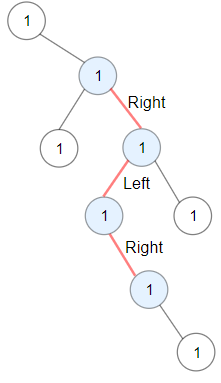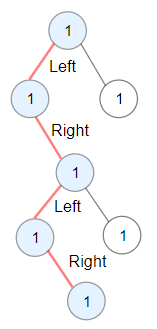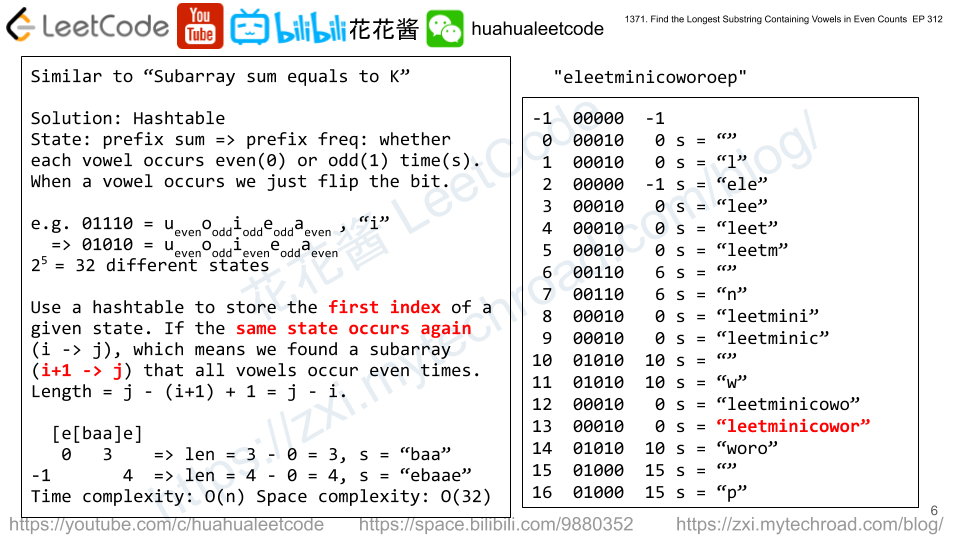Given a binary tree root, the task is to return the maximum sum of all keys of any sub-tree which is also a Binary Search Tree (BST).
Assume a BST is defined as follows:
- The left subtree of a node contains only nodes with keys less than the node’s key.
- The right subtree of a node contains only nodes with keys greater than the node’s key.
- Both the left and right subtrees must also be binary search trees.
Example 1:
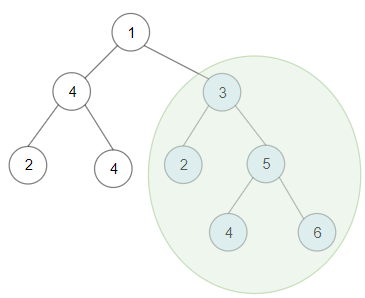
Input: root = [1,4,3,2,4,2,5,null,null,null,null,null,null,4,6] Output: 20 Explanation: Maximum sum in a valid Binary search tree is obtained in root node with key equal to 3.
Example 2:
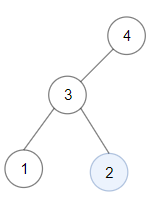
Input: root = [4,3,null,1,2] Output: 2 Explanation: Maximum sum in a valid Binary search tree is obtained in a single root node with key equal to 2.
Example 3:
Input: root = [-4,-2,-5] Output: 0 Explanation: All values are negatives. Return an empty BST.
Example 4:
Input: root = [2,1,3] Output: 6
Example 5:
Input: root = [5,4,8,3,null,6,3] Output: 7
Constraints:
- Each tree has at most
40000nodes.. - Each node’s value is between
[-4 * 10^4 , 4 * 10^4].
Solution: Recursion
Time complexity: O(n)
Space complexity: O(h)
C++
|
1 2 3 4 5 6 7 8 9 10 11 12 13 14 15 16 17 18 19 20 |
// Author: Huahua class Solution { public: int maxSumBST(TreeNode* root) { int ans = 0; dfs(root, &ans); return ans; } private: // returns {lo, hi, sum, valid_bst} tuple<int, int, int, bool> dfs(TreeNode* root, int* ans) { if (!root) return {INT_MAX, INT_MIN, 0, true}; auto [ll, lh, ls, lv] = dfs(root->left, ans); auto [rl, rh, rs, rv] = dfs(root->right, ans); bool valid = lv && rv && root->val > lh && root->val < rl; int sum = valid ? ls + rs + root->val : -1; *ans = max(*ans, sum); return {min(ll, root->val), max(rh, root->val), sum, valid}; } }; |
Python3
|
1 2 3 4 5 6 7 8 9 10 11 12 13 14 15 |
# Author: Huahua class Solution: def maxSumBST(self, root: TreeNode) -> int: # returns {lo, hi, sum, valid} def dfs(node): if not node: return (1e9, -1e9, 0, True) ll, lh, ls, lv = dfs(node.left) rl, rh, rs, rv = dfs(node.right) v = lv and rv and node.val > lh and node.val < rl s = ls + rs + node.val if v else -1 self.ans = max(self.ans, s) return (min(ll, node.val), max(rh, node.val), s, v) self.ans = 0 dfs(root) return self.ans |
